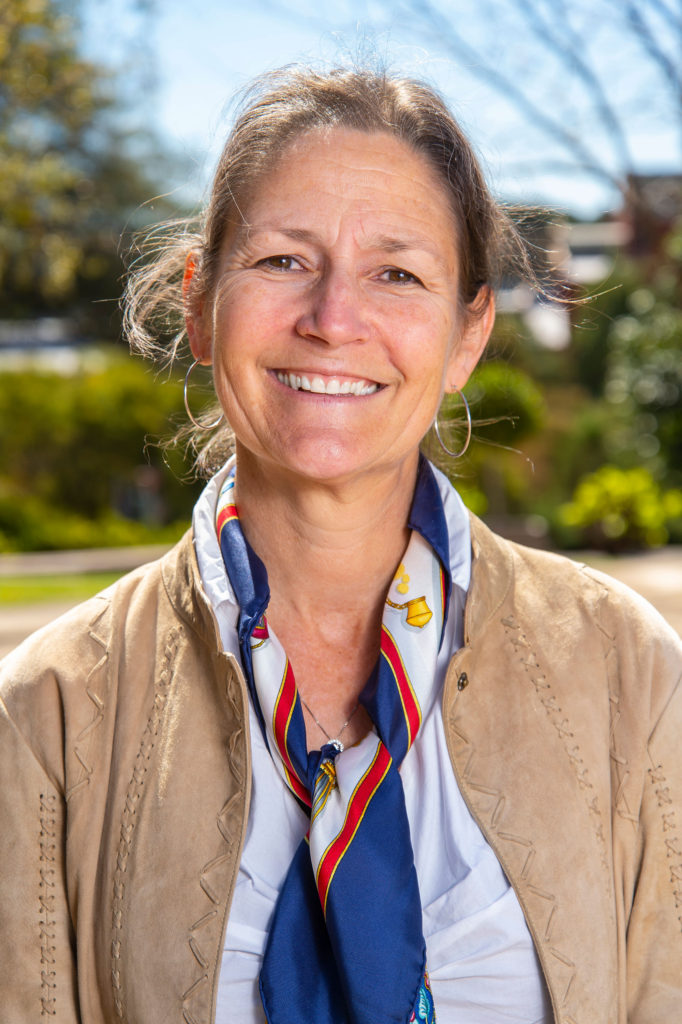New Vinehealth Australia Director Dr Sally Troy brings a wealth of biosecurity experience to the Board table.
The former Assistant Secretary at the Australian Government Department of Agriculture and Water Resources, Sally’s most recent work focused on plant health policy.
In that role, Sally chaired the Plant Health Committee, the national body that brings together the heads of plant biosecurity agriculture departments in each Australian state.
Sally has 30 years’ experience in science and government behind her. Throughout her career, Sally’s focus has been on working in government to champion the application of science to management of natural resources, including in plant biosecurity, fisheries, oceans, land management and parks management sectors.
Her recent background is in emergency response and preparedness planning for plant industries. She was closely involved with the Grapevine Pinot gris virus incursion response in 2017.
“I’m passionate about prevention. We know it’s most cost effective to prevent rather than respond. But how do we get better at identifying what we want to protect ourselves from? And what are the top priorities to deal with?” Sally said.
“Phylloxera is an obvious one as it’s clear and present here in Australia. But there are other really big threats like Xylella fastidiosa (Pierce’s Disease) which we need to do our damndest to keep out.
“But we also need to be prepared to deal with these pests if they get here. The sooner and more effectively you can respond, the more chance you have of eradicating.”
To improve preparedness, the Plant Health Committee, led by Sally, identified the top priority plant pests for Australia in 2016. The list covers 40 key pests and diseases.
“These pests are the focus of government investment and action, including funding. While by no means are these the only plant pests of biosecurity concern, the list serves to highlight the range of threats Australia faces,” Sally said.
Xylella is the number one pest on this list which also contains brown marmorated stink bug and fruit flies.
“To form the list from the many thousands of pests out there, we looked at the pests that are expected to have the biggest economic impact and those that will have a broad impact across plant industries,” Sally said.
“The idea behind the list is to ensure our Australian biosecurity systems are robust enough to deal with these various threats, including the pathways for arrival, the ways they spread and the methods by which they are controlled.”
Vinehealth’s current pest poster “If You Spot Me, Report Me!” was developed in response to this list, to help raise industry awareness of these pests most relevant to the wine industry.
As mentioned in our October e-news, the high priority plant pests for viticulture industries list is currently being updated by the Plant Health Committee.
In her role with Vinehealth Australia, Sally would like to assist with preparedness and prevention work, including the development of the new Phylloxera Preparedness and Response Plan for SA.
“I like to think structurally and systematically about the biosecurity system and look at the pieces within it that we need to improve, and how we can do that most cost effectively, as we’ve all got limited resources,” Sally said.
“I also want to see biosecurity practices improve at farm level. It’s clear that despite the fact that farm-gate hygiene tools are out there, uptake generally is still low.
“And I’d like the Australian wine industry to work towards a really good vine propagation scheme nationally that sees the health status of vine material in our nurseries and vine collections improve. Healthy vine material will stand the industry is good stead for the future.”
Sally enjoys a good glass of red and is deeply respectful of the Australian wine industry. “The history and the permanence of the vines is compelling,” she said. “The wine industry is responsible for some truly great Australian brands. It’s an industry we can all feel proud of and should feel compelled to protect.”
